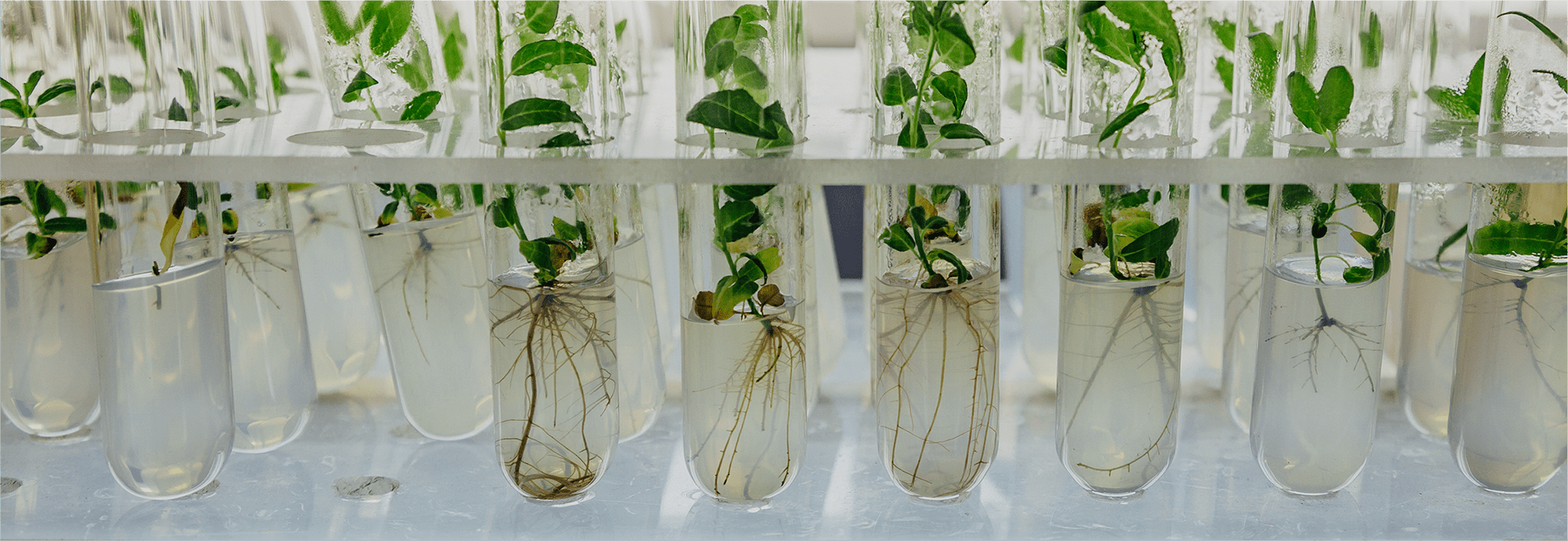- Technologies
-
Solutions
- About IBIS
-
- Service
- R&D Center
-
R&D CENTER
Comparative Analysis of Chloroplast Genome of Dysphania ambrosioides (L.) Mosyakin & Clemants Understanding Phylogenetic Relationship in Genus Dysphania R.Br
The Korean Journal of Plant Resources 32 (4): 644-688
Yongsung Kim, Jongsun Park, Youngjae Chung*Genbank accessions MK182726 ( Dysphania ambrosioides chloroplast genome ) |Dysphania ambrosioides (L.) Mosyakin & Clemants which belongs to Chenopodiaceae/Amaranthaceae sensu in APG system has been known as a useful plant in various fields as well as an invasive species spreading all over the world. To understand its phylogenetic relationship with neighbour species, we completed chloroplast genome of D. ambrosioides collected in Korea. Its length is 151,689 bp consisting of four sub-regions: 83,421 bp of large single copy (LSC) and 18,062 bp of small single copy (SSC) regions are separated by 25,103 bp of inverted repeat (IR) regions. 128 genes (84 protein-coding genes, eight rRNAs, and 36 tRNAs) were annotated. The overall GC content of the chloroplast genome is 36.9\% and those in the LSC, SSC and IR regions are 34.9\%, 30.3\%, and 42.7\%, respectively. Distribution of simple sequence repeats are similar to those of the other two Dysphania chloroplasts; however, different features can be utilized for population genetics. Nucleotide diversity of Dysphania chloroplast genomes 18 genes including two ribosomal RNAs contains high nucleotide diversity peaks, which may be genus or species-specific manner. Phylogenetic tree presents that D. ambrosioides occupied a basal position in genus Dysphania and phylogenetic relation of tribe level is presented clearly with complete chloroplast genomes.



